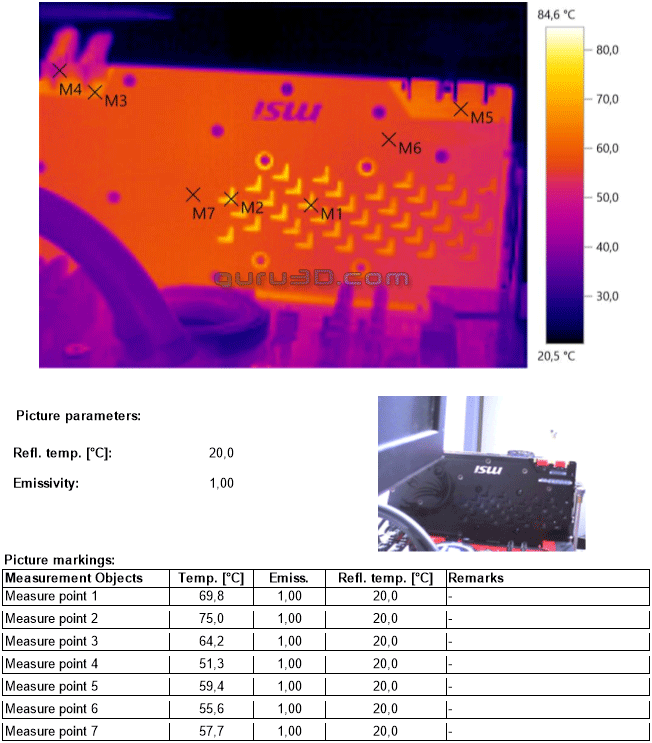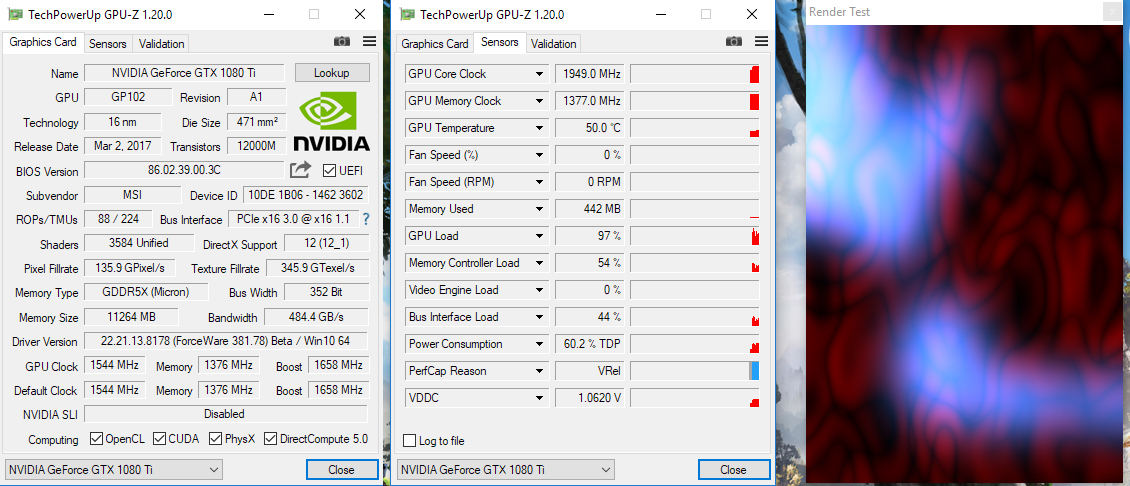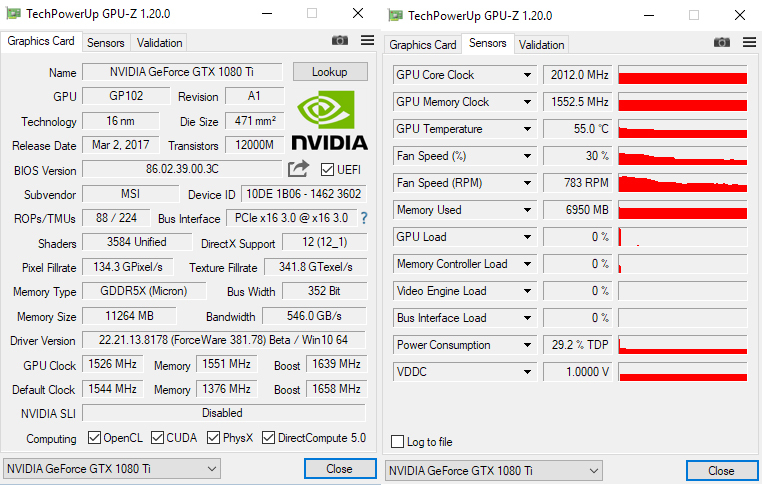Just another useless youtube video whose author does not have a clue what he's talking about... Can I have 20 minutes of my life back?
It's hard to even comment on this with people not having a clue about what a scheduler does and which scheduler does what (Yes there's more then one). Fermi vs. Kepler scheduling has been discussed around here quite a bit already. It has to do with how warps are scheduled after kernel dispatch or draw call is issued. That is to say after a shader instruction is executed for a group (warp) of 32 pixels/vertices/threads when can an SM pickup next instruction from this same warp. This was done in hardware in case of Fermi and has been done in software since. The way this software scheduling works is that a shader compiler will emit control codes/hints within shader code. You can read more about it
here. This is compile time job. Once shader is compiled CPU doesn't do anything anymore.
How this works against his fantasies further on is anybody's guess.



